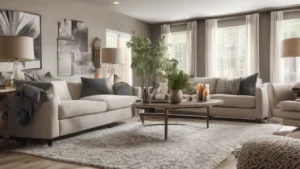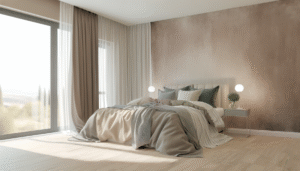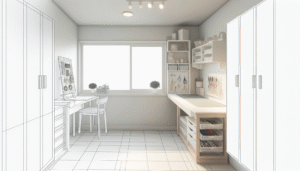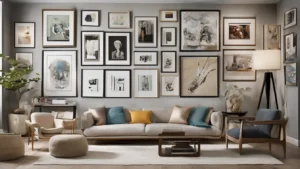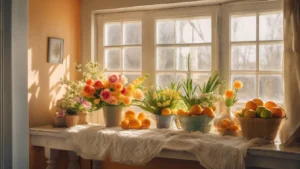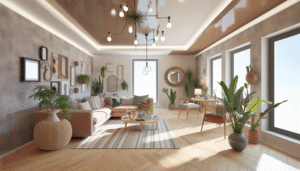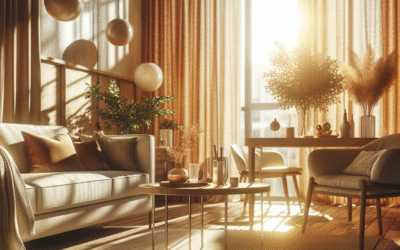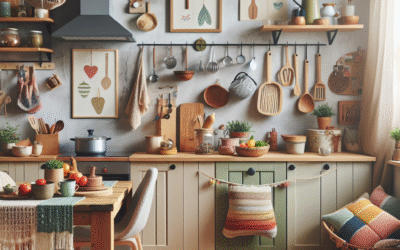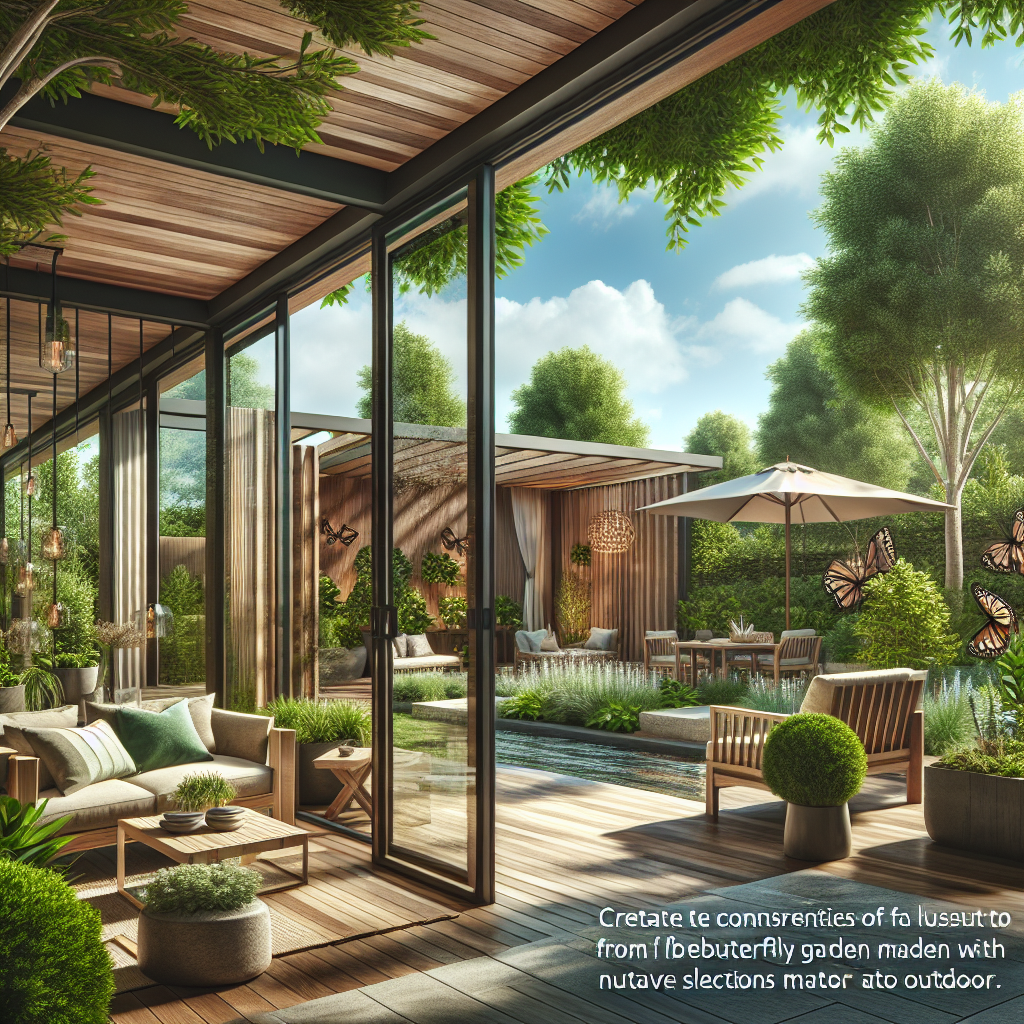
Have you ever noticed a lack of butterflies in your garden? It’s a cause for concern, as these beautiful creatures not only add charm but also play a crucial role in our ecosystems. Creating butterfly gardens using native plant selections is a simple yet effective way to attract these pollinators while supporting local biodiversity. In this guide, you will learn how to cultivate these delightful havens, the best native plants to choose, and effective garden design strategies.
The Importance of Butterfly Gardens
Butterflies are essential pollinators in many ecosystems. However, their populations are declining due to habitat loss, pesticides, and climate change. Butterfly gardens can help reverse this trend by providing safe havens for various butterfly species. By choosing native plants, you ensure that the flora is adapted to your local environment, providing the right nourishment and habitats for butterflies and other wildlife.
Benefits of Native Plants
Native plants are those species that occur naturally within a specific region without human intervention. Here are some benefits:
- Low Maintenance: Native plants are adapted to local soil and climate conditions, requiring less watering and fertilization.
- Support for Local Wildlife: They provide essential food sources for various local species, including butterflies and their caterpillars.
- Resilience: Native plants are generally more resistant to local pests and diseases.
Choosing the Right Native Plants
Not all plants attract butterflies equally. Selecting the right ones is vital for creating a thriving butterfly garden. Here are some key categories:
Host Plants
Host plants are where butterflies lay their eggs and where caterpillars feed. Examples include:
- Milkweed: Essential for Monarchs and other species.
- Fennel: Great for Swallowtail butterflies.
Nectar Plants
Nectar plants provide food for adult butterflies. Consider these options:
- Butterfly Bush: A favorite for many butterfly species.
- Purple Coneflower: Highly attractive to various pollinators.
Consider Local Ecosystem
Each region features unique butterfly species and climatic conditions. Therefore, research local butterflies to make informed plant choices. Resources like your local extension service can provide valuable insights on the best native species for your area.
Designing Your Butterfly Garden
The design of your butterfly garden can significantly influence its success. Here are some tips to consider:
Layering and Grouping
Create layers in your garden by planting taller species at the back and shorter ones at the front. Grouping plants in clusters appeals more to butterflies and allows for easier nutrient access.
Sunlight and Shelter
Butterflies are cold-blooded and require sunlight to warm their bodies. Ensure your garden has sunny spots and includes sheltered areas to protect them from wind.
Water Sources
Butterflies need water, but it’s essential to provide it safely. Consider adding shallow dishes with pebbles or sand where butterflies can land and sip safely.
Maintaining Your Butterfly Garden
Once your garden is established, ongoing maintenance will help keep it thriving:
Pest Management
Use natural pest control methods to ensure the safety of your butterflies. Avoid pesticides and opt for organic solutions instead.
Seasonal Care
Consider planting a variety of species that bloom at different times to provide a continuous food source throughout the growing season.
Measuring Your Garden’s Success
To understand the impact of your butterfly garden, keep track of observations:
Regular Monitoring
Document the butterfly species visiting and their frequency. This data helps assess the effectiveness of your plant selections.
Creating a Habitat Map
A habitat map allows you to visualize which areas are most attractive to butterflies and which may need adjustments in planting or care.
Common Challenges and Solutions
Your butterfly garden may encounter some challenges. Here are common issues and how to navigate them:
Weed Control
Weeds can compete with your native plants. Regularly check for them and remove them by hand or use organic mulch to suppress their growth.
Choosing the Wrong Plants
Sometimes, selected plants may not do well in your local conditions. Don’t hesitate to replace them with more suitable natives.
FAQ Section
How long does it take for a butterfly garden to attract butterflies?
It may take several weeks to months for butterflies to find your garden, depending on your location and plant selections.
Can I use non-native plants in my butterfly garden?
While some non-native plants may attract butterflies, using native plants is recommended as they provide better nourishment and habitat.
What should I do if my butterflies are not returning?
Assess your garden conditions such as plant health, water sources, and shelter availability, and make adjustments as needed.
Are butterfly gardens difficult to maintain?
Butterfly gardens can be relatively low-maintenance once established, particularly when using native plants suited for your area.
What is the best time to plant a butterfly garden?
Spring and fall are generally the best times to plant butterfly gardens, allowing plants to establish before extreme temperatures.
Conclusion
Creating butterfly gardens with native plant selections not only supports these essential pollinators but also beautifies your outdoor space. Remember to select local plants, design with butterflies in mind, and maintain the garden sustainably. Start your butterfly garden today and enjoy the vibrant beauty and ecological benefits it brings!
Next Steps:
For additional resources on butterfly gardening, check out our related articles on native plants and butterfly identification.
Content Disclaimer
The information provided in this article is for educational purposes only. It is not intended as professional gardening advice. Please consult with local gardening experts or horticulturists for personalized guidance.
Categories
- Accent Walls & Ceilings (61)
- Art Curation & Gallery (62)
- Bedding Style Trends (68)
- Bedroom Makeover (81)
- Bohemian & Eclectic Styles (58)
- DIY & Budget-Friendly Decor (64)
- Eco-Friendly Design (62)
- Furniture Care (71)
- Home Decor & Design Ideas (162)
- Home Wellness Spaces (59)
- Integrated Outdoor Living (67)
- Japandi Style (61)
- Kids and Nursery Decor (59)
- Living Room Decor (79)
- Mix & Match Techniques (73)
- Modern & Contemporary Design (66)
- Rug Sizing & Placement (73)
- Scandinavian Design Inspiration (20)
- Seasonal Home Decor (79)
- Small Space Solutions (73)
- Wall Art & Painting Tips (77)
Recent Comments
Archives
Product Gallery
-
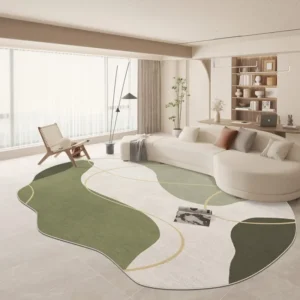 Large Area Green Rugs for Bedroom Nordic Living Room Decoration Shaped Carpet Irregular Plush Lounge Rug Home Thick Washable Mat
Rated 5.00 out of 5$54.94 – $346.41Price range: $54.94 through $346.41
Large Area Green Rugs for Bedroom Nordic Living Room Decoration Shaped Carpet Irregular Plush Lounge Rug Home Thick Washable Mat
Rated 5.00 out of 5$54.94 – $346.41Price range: $54.94 through $346.41 -
 Nordic Style Rugs for Bedroom Morandi Living Room Decoration Carpet Large Area Geometry Lounge Rug Home Cloakroom Non-slip Mat
Rated 5.00 out of 5$39.46 – $597.66Price range: $39.46 through $597.66
Nordic Style Rugs for Bedroom Morandi Living Room Decoration Carpet Large Area Geometry Lounge Rug Home Cloakroom Non-slip Mat
Rated 5.00 out of 5$39.46 – $597.66Price range: $39.46 through $597.66 -
 Irregular Shapes Living Room Decoration Carpet Modern Style Rugs for Bedroom Home Thicken Plush Rug Fluffy Soft Lounge Floor Mat
Rated 4.83 out of 5$55.84 – $347.37Price range: $55.84 through $347.37
Irregular Shapes Living Room Decoration Carpet Modern Style Rugs for Bedroom Home Thicken Plush Rug Fluffy Soft Lounge Floor Mat
Rated 4.83 out of 5$55.84 – $347.37Price range: $55.84 through $347.37

